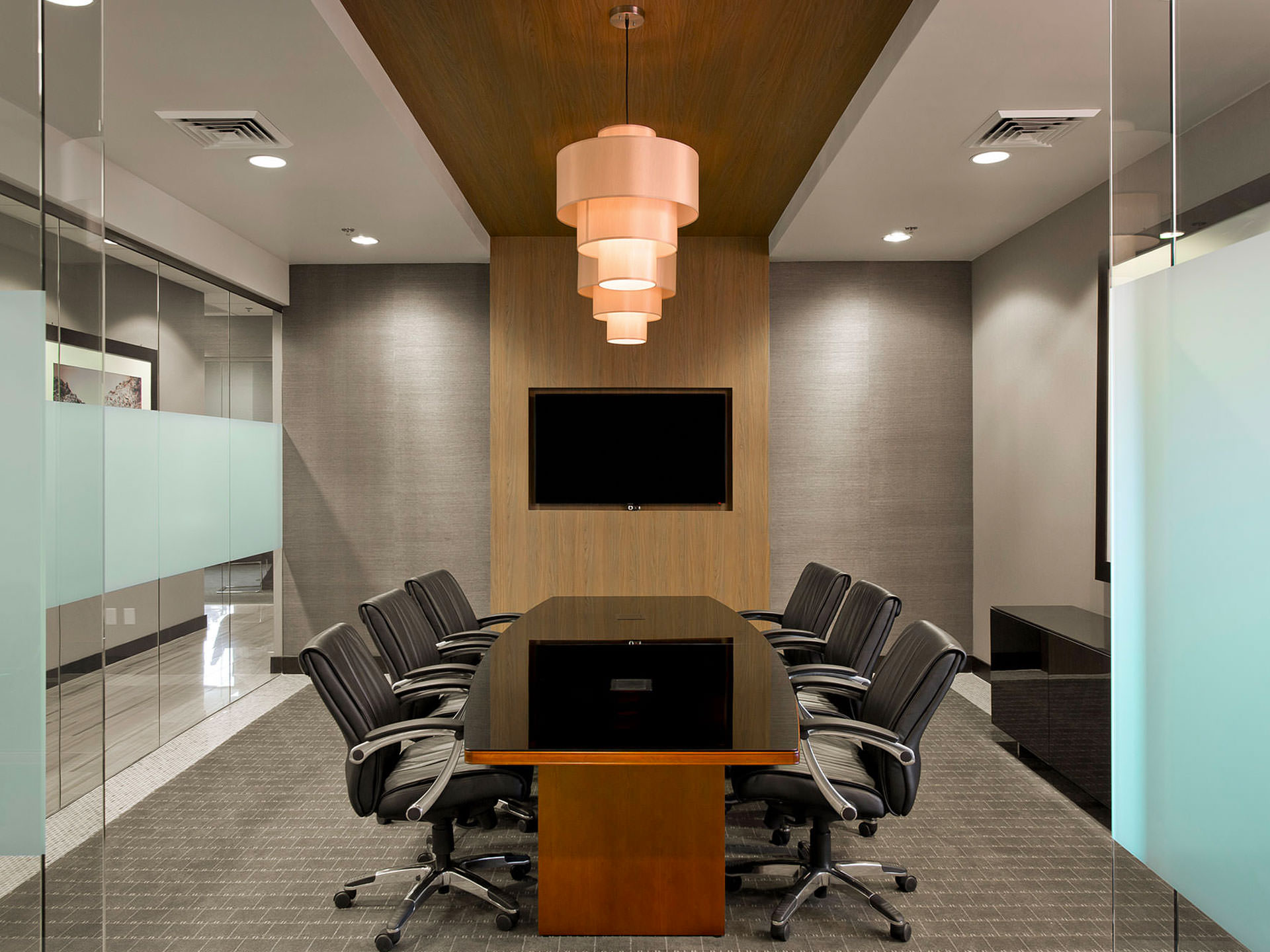Design Concepts and Trends

Contemporary corporate office interior design embraces a fusion of aesthetics, functionality, and innovation. The latest trends reflect the evolving needs of modern workplaces, emphasizing employee well-being, technological integration, and sustainable practices.
Technology has become an integral aspect of office design, driving the adoption of flexible and adaptable spaces that accommodate both individual and collaborative workstyles. Open floor plans, modular furniture, and mobile technology enable employees to move seamlessly between tasks and spaces, fostering a dynamic and collaborative environment.
Impact of Sustainability
Sustainability has emerged as a key consideration in office design, with organizations prioritizing eco-friendly materials, energy-efficient lighting, and natural ventilation to reduce their environmental footprint. Green certifications, such as LEED and WELL, are becoming increasingly prevalent, recognizing offices that meet rigorous sustainability standards.
Corporate office interior design often incorporates elements that promote a sense of professionalism and productivity. One popular choice for walls is white wallpaper hd , which creates a clean and minimalist backdrop. White wallpaper can help to reflect light, making the space feel larger and brighter, and it can also be easily customized with artwork or other decorative elements to create a unique and inviting atmosphere.
Employee Well-being, Corporate office interior design
Employee well-being is at the forefront of modern office design, with spaces designed to promote physical, mental, and emotional health. Natural light, ergonomic furniture, and access to outdoor areas have been shown to enhance productivity, reduce stress, and improve overall well-being.
Corporate office interior design has evolved to prioritize employee well-being and productivity, incorporating elements of nature and biophilic design. Similar principles can be found in indian restaurant interior design , where warm colors, rich textures, and intricate patterns create a welcoming and immersive ambiance.
These design concepts, when adapted to corporate offices, can foster a sense of community and belonging, enhancing employee engagement and creativity.
Innovative Office Spaces
Innovative office spaces are pushing the boundaries of design, creating environments that inspire creativity and foster a sense of community. These spaces often incorporate unique architectural features, such as spiral staircases, floor-to-ceiling windows, and biophilic elements that connect employees with nature.
- Google’s Mountain View headquarters features a colorful and playful design with open workspaces, treehouses for meetings, and a rooftop garden.
- The Salesforce Tower in San Francisco boasts a stunning atrium with a living wall and panoramic views of the city.
- Microsoft’s Redmond campus includes a variety of outdoor spaces, including a rooftop terrace and a walking trail, designed to promote employee well-being.
Functional Spaces and Layouts

The functional spaces and layouts of a corporate office play a crucial role in optimizing productivity and fostering a positive work environment. By understanding the different types of functional spaces and their importance, designers can create efficient and ergonomic layouts that meet the needs of employees and enhance overall business performance.
Workstations
Workstations are the primary areas where employees perform their daily tasks. When designing workstations, it is essential to consider factors such as space utilization, ergonomics, and accessibility. Proper desk and chair arrangements can reduce physical discomfort and improve employee health and well-being.
Meeting Rooms
Meeting rooms are designed for collaboration, brainstorming, and decision-making. They should be equipped with appropriate furniture, technology, and acoustics to facilitate effective communication and engagement among participants. The size and layout of meeting rooms should accommodate the typical number of attendees and the intended purpose of the meetings.
Collaboration Areas
Collaboration areas are informal spaces designed to encourage teamwork and idea sharing. These areas can include open seating areas, break-out rooms, or designated brainstorming zones. They provide employees with opportunities to connect with colleagues, foster creativity, and promote a sense of community within the workplace.
Materials and Finishes: Corporate Office Interior Design

The materials and finishes used in corporate office interiors play a crucial role in shaping the overall aesthetic, functionality, and sustainability of the space. From flooring to wall coverings and furniture, each element contributes to the ambiance and efficiency of the workplace.
Flooring
Flooring choices range from traditional materials like hardwood and carpet to modern options such as polished concrete and vinyl. Hardwood floors exude elegance and warmth, while carpet provides acoustic absorption and comfort underfoot. Polished concrete offers a sleek and industrial look, while vinyl is durable, easy to maintain, and available in a wide range of colors and patterns.
Wall Coverings
Wall coverings serve both aesthetic and functional purposes. Paint remains a versatile choice, allowing for endless color and texture options. Wallpaper adds visual interest and can create a specific ambiance. Fabric wall coverings offer sound absorption and can enhance the acoustics of the space. Wood paneling introduces a natural element and a sense of warmth.
Furniture
Furniture selection is guided by both form and function. Ergonomic chairs and desks promote employee well-being and productivity. Modular furniture allows for flexibility and reconfiguration of the workspace. Upholstered pieces add comfort and style, while metal and glass elements create a modern and sleek aesthetic. Innovative materials like antimicrobial fabrics and self-cleaning surfaces enhance hygiene and reduce maintenance costs.